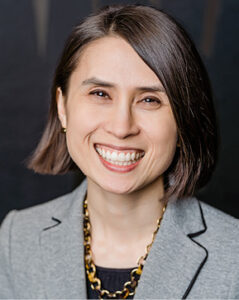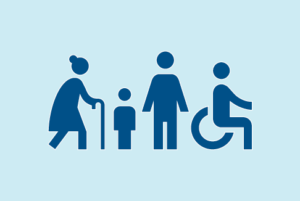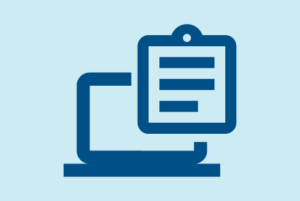The Assembly and Senate Health Committees held a joint informational hearing Jan. 28 about hospital seismic safety and the 2030 requirement to be fully operational after an earthquake event. The hearing provided an opportunity to raise awareness among lawmakers about the 2030 mandate for hospitals, as well as for CHA and representatives from hospitals in different parts of the state to testify about hospital preparedness and the impact of the 2030 requirement.
Kathryn Austin Scott, CHA’s senior vice president, state relations and advocacy, made clear that 95% of hospitals have met the life safety standard — and all will within the next few years — so hospitals are not a hazard. She also explained that although the requirement to remain fully operational doesn’t apply until 2030, it is an issue for hospitals now because it will take a full 10 years to plan, obtain approvals, and undergo construction to meet the mandate.
In addition, three hospital leaders shared their specific stories — Kelly Mather, CEO, Sonoma Valley District Hospital in Sonoma; Jed Rudd, Director of Ancillary Services and Safety, Mad River Community Hospital in Arcata; and Craig Wagoner, CEO, Community Regional & Clovis Community Medical Centers in Fresno. Each of them explained how the 2030 requirement would affect their hospital and their community, with a common theme of facing difficult decisions.
Notably, Paul Coleman, deputy director of the Facilities Development Division for the Office of Statewide Planning and Development (OSHPD), presented OSHPD’s perspective on the policy benefits of hospitals meeting the mandate, describing disaster plans as short term and explaining that building destruction due to an earthquake can take as many as 10 years to repair.
A video of the complete hearing is available online.
CHA’s sponsored bill on the 2030 seismic safety mandate, SB 758 (Portantino, D-La Canada Flintridge) is in the Assembly Health Committee. The deadline for the committee to act on it is the end of June.
Ahead of the hearing, CHA published an issue paper describing federal and state emergency preparedness requirements for hospitals — and how they work every day to be ready for disasters of all kinds, including earthquakes — as well as a shorter brief summarizing the paper’s key components.



